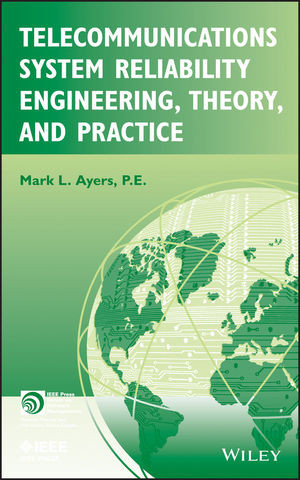

Most ebook files are in PDF format, so you can easily read them using various software such as Foxit Reader or directly on the Google Chrome browser.
Some ebook files are released by publishers in other formats such as .awz, .mobi, .epub, .fb2, etc. You may need to install specific software to read these formats on mobile/PC, such as Calibre.
Please read the tutorial at this link: https://ebookbell.com/faq
We offer FREE conversion to the popular formats you request; however, this may take some time. Therefore, right after payment, please email us, and we will try to provide the service as quickly as possible.
For some exceptional file formats or broken links (if any), please refrain from opening any disputes. Instead, email us first, and we will try to assist within a maximum of 6 hours.
EbookBell Team

5.0
28 reviewsPractical tools for analyzing, calculating, and reporting availability, reliability, and maintainability metrics
Engineers in the telecommunications industry must be able to quantify system reliability and availability metrics for use in service level agreements, system design decisions, and daily operations. Increasing system complexity and software dependence require new, more sophisticated tools for system modeling and metric calculation than those available in the current literature.
Telecommunications System Reliability Engineering, Theory, and Practice provides a background in reliability engineering theory as well as detailed sections discussing applications to fiber optic networks (earth station and space segment), microwave networks (long-haul, cellular backhaul and mobile wireless), satellite networks (teleport and VSAT), power systems (generators, commercial power and battery systems), facilities management, and software/firmware. Programming techniques and examples for simulation of the approaches presented are discussed throughout the book.
This powerful resource:
Telecommunications System Reliability Engineering, Theory, and Practice is a must-have guide for telecommunications engineers or engineering students planning to work in the field of telecommunications.Content:
Chapter 1 Reliability Theory (pages 7–69):
Chapter 2 Fiber?Optic Networks (pages 71–94):
Chapter 3 Microwave Networks (pages 95–132):
Chapter 4 Satellite Networks (pages 133–169):
Chapter 5 Mobile Wireless Networks (pages 171–186):
Chapter 6 Telecommunications Facilities (pages 187–212):
Chapter 7 Software and Firmware (pages 213–226):